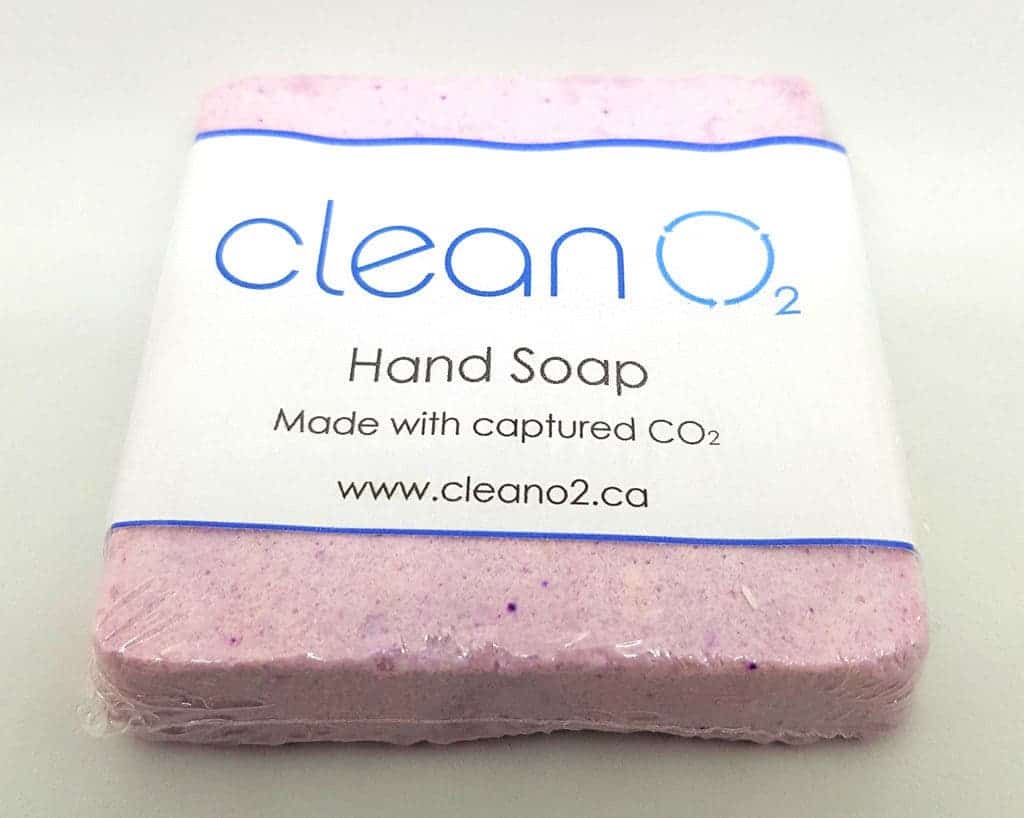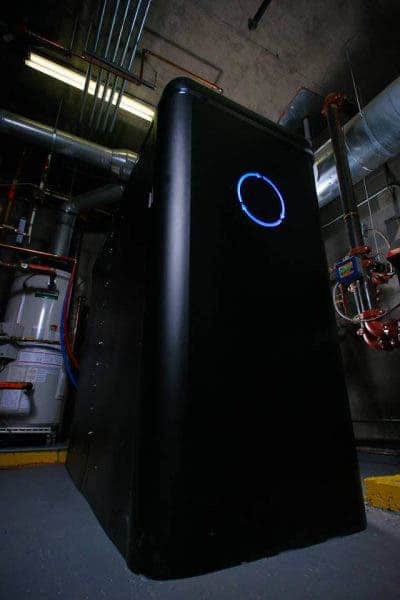
Solving our current climate emergency requires immediate action in order to reduce the amount of carbon already dumped into the atmosphere by human activities. This is a huge challenge for a number of reasons and it won’t certainly happen overnight — which is why mitigating strategies such as capturing and sequestering carbon have gained so much attention.
But what if you could capture carbon and find a way to turn a profit as well? For instance, by turning some of that carbon into a useful product that people value and would be willing to buy it. That would be fantastic since it would provide a genuine economic incentive (in contrast to a discouraging incentive like as a carbon tax) to take action.
This is what a Canadian startup CleanO2 was founded for. The company sells a device, called CARBiNX, which captures CO2 emissions from industrial furnaces and boilers and turns it into potash — a potassium-rich salt.
The potash is then used to make soaps, detergents, and other products in the pharmaceutical industry and agriculture sector. The famous Lush Cosmetics chain is one of the clients that use potash from CleanO2 in some of its products.
CARBiNX, which is about the size of two refrigerators, captures carbon emissions by using a hydroxide chemical to absorb it. The chemical reaction produces potash, which can be sold. The profit is then shared between the startup and the owner of the unit. According to CleanO2, their products pay for themselves within four to five years.
The heat from the chemical reaction can also be exploited to drive down a facility’s energy cost. For instance, it could be used to pre-warm water for a boiler.

At the moment, there are 14 CARBiNX units installed in Alberta and British Columbia. These unit are expected to sequester 5 to 6 tonnes of CO2 annually. The company wants to install 40 units by the end of the year and more than 1,000 by 2020.
Elsewhere, other companies and research groups are also working on technologies that capture CO2 and convert it into commercial products, such as construction materials and synthetic fuels. And, in an ironic turn of events, one group comprised of scientists from Australia, Germany, China, and the US has developed a method that turns CO2 back into coal to be buried in the ground.
This won’t solve our carbon problem — not even close. It’s a minuscule step in a marathon race, but at the end of the day, may minuscule steps can add up and make a big difference.









